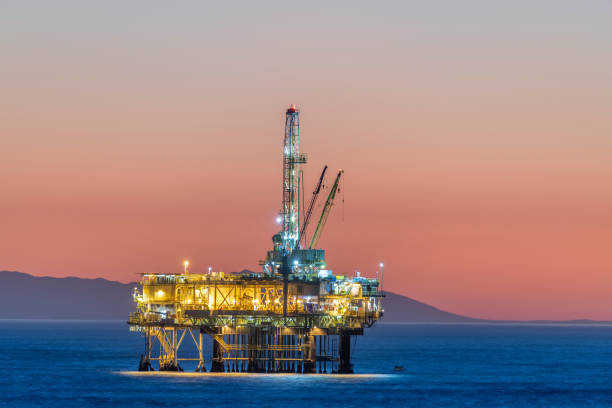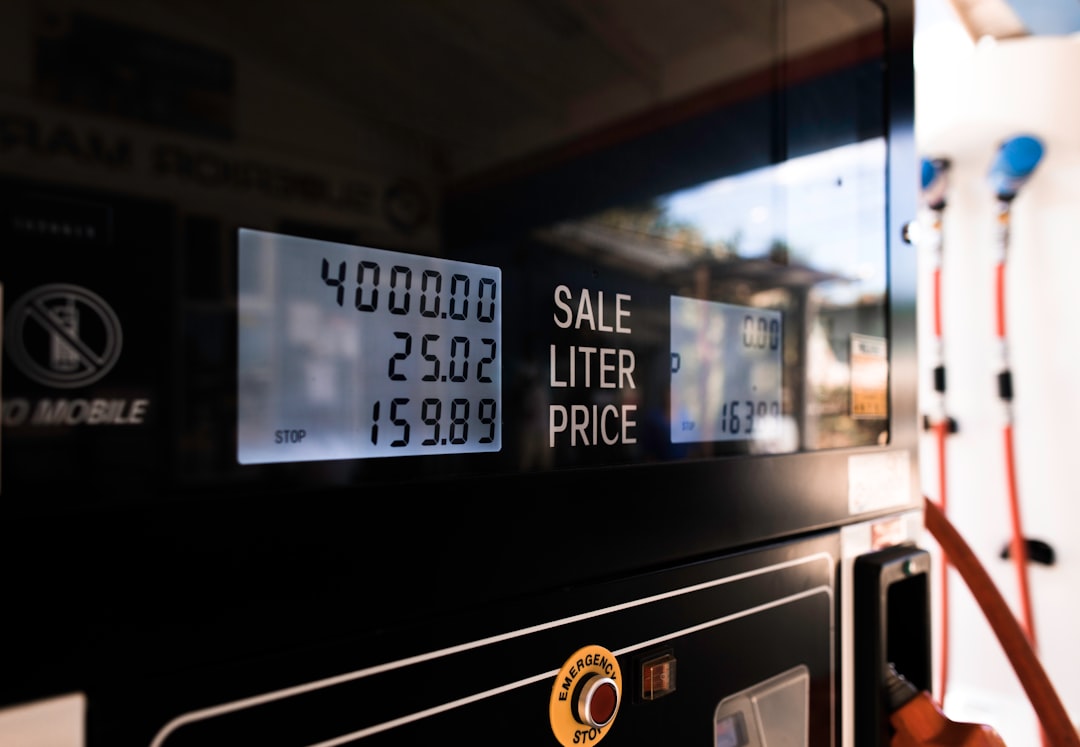Floating Production Storage and Offloading (FPSO) units are vital assets in the offshore oil and gas industry, enabling the extraction, processing, storage, and offloading of hydrocarbons from remote and challenging environments. However, these operations come with significant challenges, including harsh environmental conditions, high operational costs, and the need for continuous monitoring and maintenance. In recent years, the digitalization of FPSO operations has emerged as a transformative force, leveraging data and smart technologies to enhance efficiency, reduce costs, and improve safety.
The Role of Data and Smart Operations in FPSO Digitalization
Digitalization in the context of FPSOs involves the integration of advanced digital technologies, such as the Internet of Things (IoT), artificial intelligence (AI), machine learning (ML), and cloud computing, to create a more intelligent and responsive operational environment. The primary goal is to collect and analyze data from various sources on the vessel, providing operators with real-time insights that drive smart operations.
- Data-Driven Production Optimization: Digital technologies enable FPSOs to continuously monitor and optimize production processes. Sensors and IoT devices collect data on pressure, temperature, flow rates, and other critical parameters, which are then analyzed using AI and ML algorithms. This analysis helps operators make data-driven decisions to adjust parameters, optimize production rates, and reduce energy consumption, ensuring maximum efficiency.
- Enhanced Decision-Making with Smart Analytics: The ability to process and analyze large datasets in real-time provides FPSO operators with actionable insights. Smart analytics tools use AI to identify patterns and trends, predict equipment failures, and recommend optimal operating conditions. This enables operators to make informed decisions more quickly, enhancing overall operational performance and reducing downtime.
- Reduced Operational Downtime: Unplanned downtime can be costly for FPSO operators, leading to significant financial losses. By leveraging predictive analytics, companies can anticipate potential equipment failures before they occur. This proactive approach allows for timely interventions and maintenance, minimizing disruptions and extending the life of critical assets.
Enhancing Maintenance and Integrity Strategies with Digitalization
Digitalization also plays a crucial role in improving maintenance and integrity strategies on FPSOs. Traditional maintenance strategies are often reactive, addressing problems only after they have occurred. However, with the integration of digital technologies, FPSOs can adopt more predictive and preventive maintenance strategies.
Predictive Maintenance Using AI: Predictive maintenance involves using AI and ML models to analyze data from sensors and other monitoring devices to predict when equipment is likely to fail. For example, an AI system can monitor vibration data from a rotating pump and identify signs of wear or imbalance before they lead to a breakdown. This allows maintenance teams to address issues proactively, reducing the risk of unexpected failures and costly repairs.
- Preventive Maintenance and Condition-Based Monitoring: Digitalization enables condition-based monitoring, where maintenance is performed based on the actual condition of equipment rather than fixed schedules. Real-time data from sensors provides insights into the health of assets, allowing operators to perform maintenance only when necessary. This approach reduces unnecessary maintenance activities, lowers costs, and improves equipment reliability.
- Digital Twins for Integrity Management: Digital Twin technology creates a virtual replica of an FPSO, incorporating real-time data from the physical vessel. This digital model allows operators to monitor the structural integrity of the FPSO, identifying potential issues such as corrosion, fatigue, or structural weaknesses. By simulating various scenarios and stress conditions, Digital Twins help predict and prevent failures, enhancing the overall safety and longevity of the vessel.
Leading Companies in FPSO Digitalization and Smart Operations
Several companies have taken the lead in digitalizing FPSO operations, integrating smart technologies to enhance efficiency, safety, and reliability.
- MODEC: A pioneer in FPSO digitalization, MODEC has implemented Digital Twin technology to enhance asset integrity management. By creating a digital replica of their FPSOs and integrating AI and ML algorithms, MODEC can monitor equipment health in real-time, predict failures, and optimize maintenance schedules. This approach reduces unplanned downtime and extends the life of critical assets.
- BW Offshore: BW Offshore has embraced digitalization by deploying advanced analytics and machine learning tools to optimize production and maintenance. Their digital platform integrates data from various sources, providing a comprehensive view of FPSO operations. This enables BW Offshore to make data-driven decisions that improve operational efficiency, reduce costs, and enhance safety.
- SBM Offshore: SBM Offshore is another leader in FPSO digitalization, with a comprehensive strategy that includes IoT devices, cloud computing, and AI-driven analytics. Their ‘Smart Operations’ platform leverages real-time data and advanced analytics to monitor and optimize FPSO performance, leading to improved efficiency, safety, and reliability.
Key Tools and Technologies Driving Digitalization and Smart Operations
Several advanced tools and technologies are driving the digitalization of FPSO operations, enabling smart operations that enhance efficiency, safety, and reliability.
- Digital Twins with Integrated AI: Digital Twin technology, enhanced with AI capabilities, provides a virtual model of an FPSO that mirrors the physical vessel’s operations in real-time. Companies like Siemens and GE Digital offer Digital Twin platforms designed for the oil and gas industry, allowing for real-time monitoring, predictive maintenance, and optimization.
- AI and Machine Learning Platforms: Platforms like IBM Watson, Microsoft Azure AI, and Google AI provide advanced analytics and machine learning capabilities that enable operators to analyze large datasets and derive actionable insights. These tools help predict equipment failures, optimize production, and enhance safety.
- IoT Devices for Real-Time Data Collection: IoT devices, such as sensors and actuators, are essential for collecting real-time data from FPSO equipment and systems. This data is then analyzed using AI algorithms to support predictive and preventive maintenance strategies, improving operational efficiency and reducing costs.
- Cloud Computing with AI Capabilities: Cloud platforms like Amazon Web Services (AWS) and Microsoft Azure provide scalable infrastructure for storing and processing the vast amounts of data generated by FPSOs. These platforms offer AI tools and machine learning models that can be tailored to the specific needs of FPSO operators, enabling real-time data analysis and decision-making.
- Asset Performance Management (APM) Systems with AI: APM systems, such as those offered by GE Digital and SAP, enable operators to monitor the health of their assets in real-time using AI algorithms. These systems support predictive and preventive maintenance strategies, ensuring regulatory compliance and enhancing operational efficiency.
Conclusion
The digitalization of FPSO operations, powered by data and smart technologies, is transforming the offshore oil and gas industry. By leveraging advanced digital tools, AI, and IoT devices, companies can enhance the efficiency, safety, and reliability of their FPSO fleets. As industry leaders like MODEC, BW Offshore, and SBM Offshore continue to innovate with smart operations, the future of FPSO operations looks increasingly digital and AI-driven, paving the way for a more efficient, sustainable, and resilient offshore energy sector. Embracing these technologies not only ensures competitiveness in a challenging market but also sets the stage for a new era of offshore oil and gas production.





